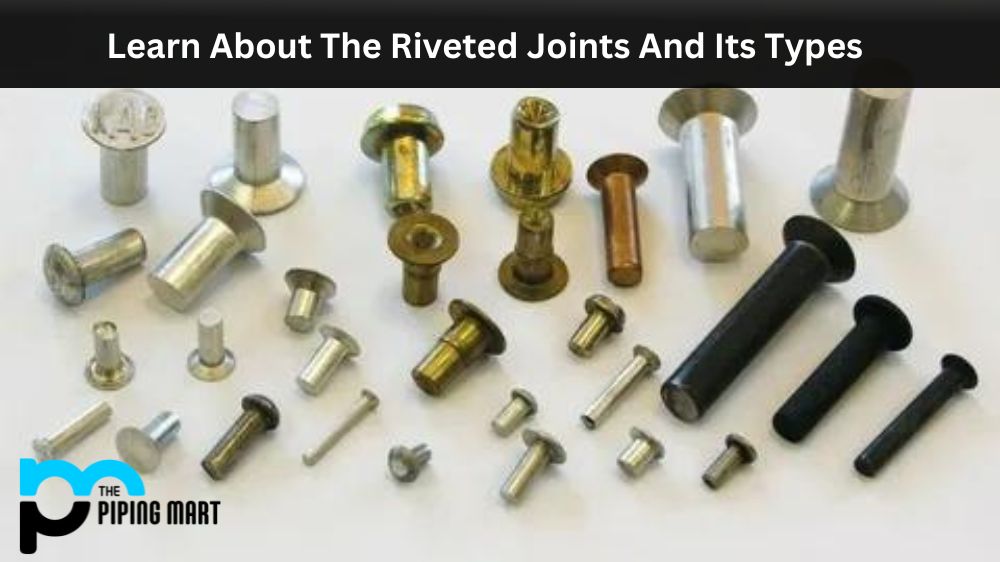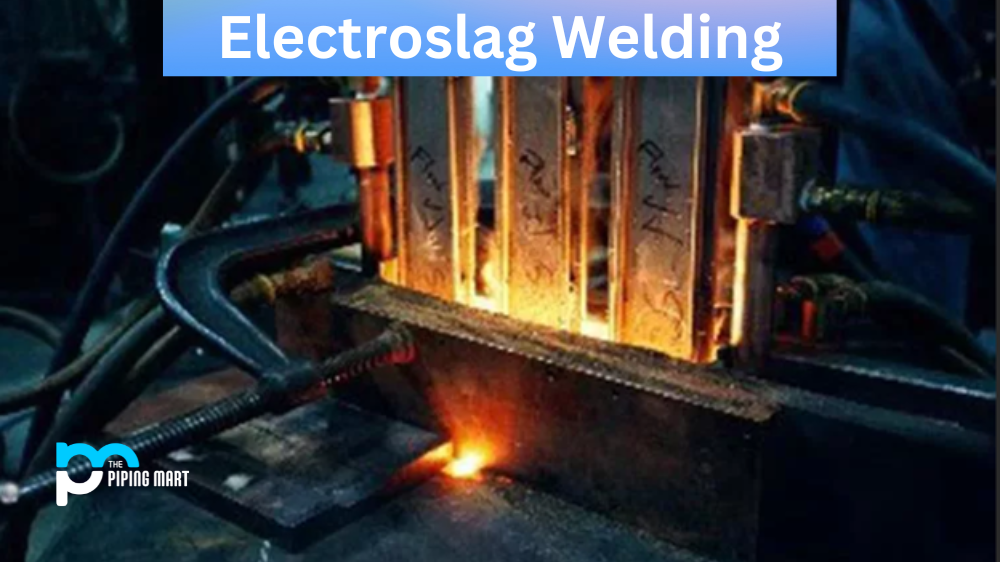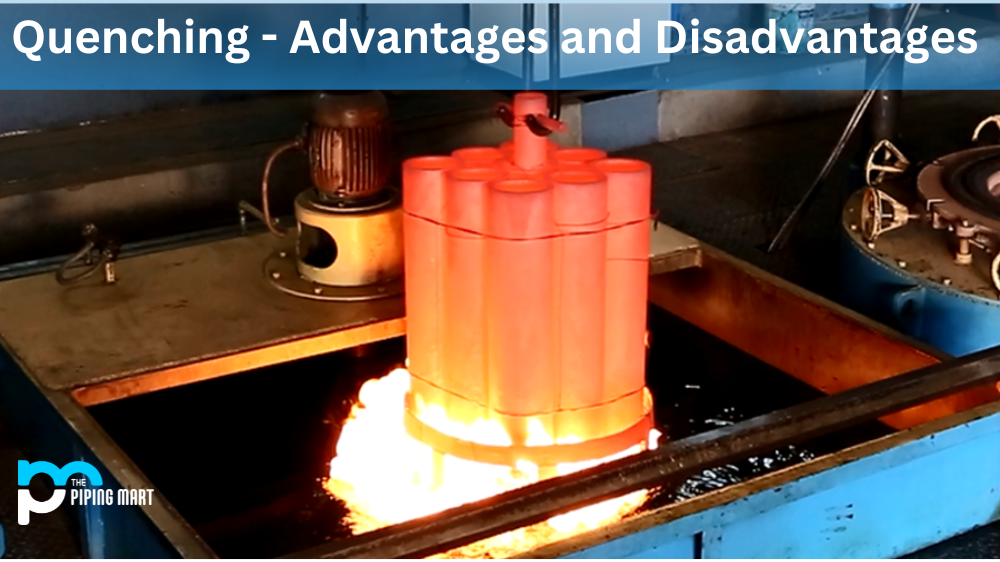Rivets are one of the most common and versatile fastening methods in different applications. From automotive and aerospace engineering to metalworking and construction, rivets are popular for joining metal parts. But, with so many types of rivets available, it can be hard to choose the right one for the job.
This blog will explore the different types of rivet joints and their uses. Let’s get started.
Solid Rivet:
Solid rivets are made of metal, usually aluminum or steel, and are used in applications where strength and durability are paramount. They are inserted into pre-drilled holes and expanded by hammering or pressing, creating a permanent connection. Solid rivets are often used in car and aircraft frames, as well as in structural steel applications.
Semi-Tubular Rivet:
This type of Rivet has a hollow center and is inserted into a pre-drilled hole using a special tool. The hollow center allows the Rivet to be inserted more easily and creates a more secure connection. Semi-tubular rivets are often used in electronics and automotive applications.
Blind Rivet:
which is a two-piece fastener. Blind rivets are used in applications where access to the joint’s back side is unavailable. The Rivet is inserted into a pre-drilled hole, and then a special tool is used to expand the Rivet and create a secure connection. Blind rivets are popular in construction, furniture, and other applications where a strong, reliable joint is needed.
Self-Piercing Rivet:
This type of Rivet is made of a special metal alloy with a pointed tip piercing the metal sheet when inserted. This Rivet type is perfect for applications that require a fast and secure connection, such as in the automotive industry.
These are the four main types of rivet joints and their applications. Each type of Rivet has its unique characteristics, so it’s important to consider the type of application and the project requirements before selecting the appropriate Rivet. By understanding the different types of rivets and their strengths and weaknesses, you can decide on the best Rivet for your project.
Applications of Rivets
Rivet joints are a form of mechanical fasteners that are used to join two components together. They are commonly used in the automotive, aerospace, and construction industries and in the fabrication of boats and ships. Rivet joints are also used in some home and small business applications.
Rivets are cylindrical and have a head on one end, which connects two components. The other end of the Rivet is deformed, creating a permanent joint. This deformation is usually done by a rivet gun, which is applied to the Rivet, and the force applied to the rivet head causes it to deform and create a secure joint.
Rivet joints offer many advantages, including strength and durability, easy installation and repair, and cost-effectiveness. Rivets are also versatile and can join various materials, including sheet metals, aluminum, stainless steel, and plastic.
The most common applications of rivet joints are in the automotive, aerospace, and construction industries. In the automotive industry, rivet joints attach body panels to the frame, such as fenders, hoods, and doors. In the aerospace industry, rivet joints are used in many aircraft and spacecraft components, such as wings and fuselages. In the construction industry, rivet joints join structural members, beams, columns, and flooring.
Rivet joints are also used in the fabrication of boats and ships. Rivets join the hull plates, decks, and bulkheads of these vessels. Rivet joints are also used to fabricate furniture, such as tables and chairs.
In homes and small business applications, rivet joints are used for various tasks, such as attaching signs, pictures, and decorations. Rivets are also used to attach furniture, such as shelves, cabinets, and desks, to walls.
Rivet joints are a reliable and cost-effective fastening solution that can be used for various applications. They are strong, durable, and easy to install and maintain. With the right tools and knowledge, anyone can use rivet joints for various tasks.

Pipingmart is B2B portal specializes in industrial, metal and piping products. Also, share latest information and news related to products, materials and different types grades to help business dealing in this industry.




